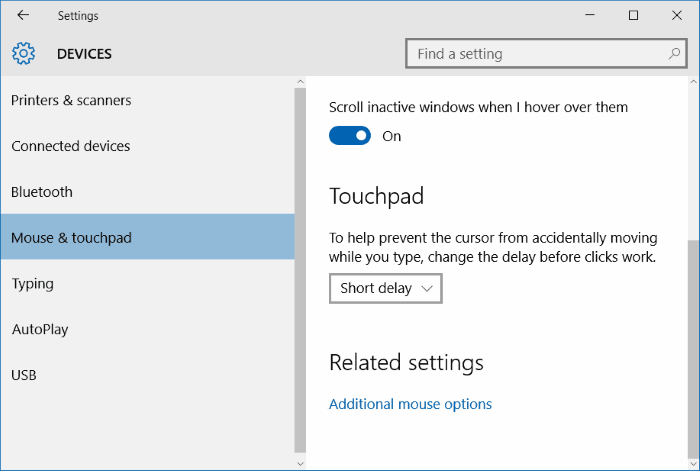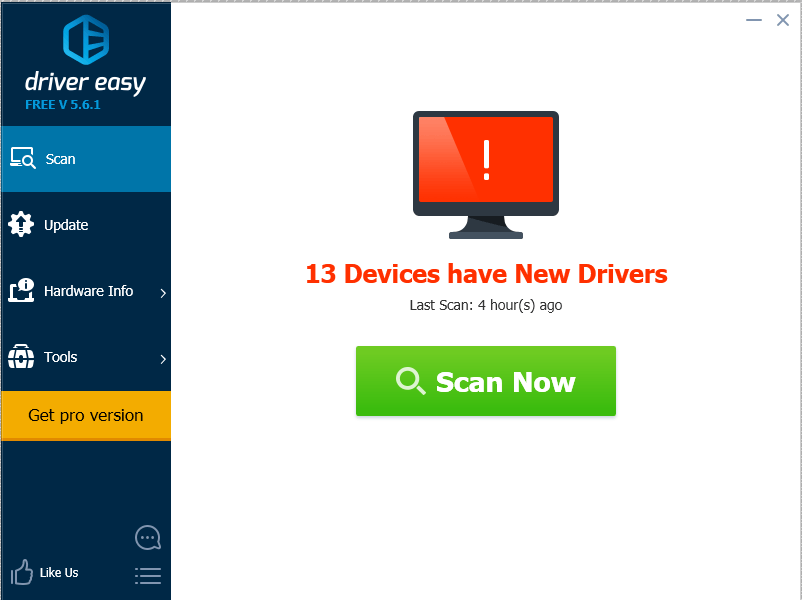Anchor mouse: Anchor mouse is a feature that returns the system mouse pointer after a touch to the position immediately prior to the touch. With this feature enabled a user can use a mouse and touch screen interchangeably.

From 'touch base' to 'e-meet you' — we're all guilty of using them at some point
A new study revealed that office workers get annoyed over seeing 33 common workplace buzzwords.
Office jargon, corporate speak or email lingo — whatever you call it, it’s safe to assume most people have heard it and probably used it.
‘Touch base’ and ‘no-brainer’ were the most hated expressions, with ‘outside the box’ and ‘go the extra mile’ following closely behind. Almost one in five professionals said they can’t stand the four phrases.

Touch-Base is a leading developer and supplier of touchscreen and pointer device drivers. Established in 1989, we supply branded drivers to hardware manufacturers and distributors worldwide as well as direct sales to end users. I have a Mac Mini and a Mac book pro both of which are connect to the same Acer Touch Screen Monitor. I am using it as write this to you.All you need to do is download the free drivers from www.touch-base.com. The basic touch drivers are free. I also purchase the mac gesture drivers for $109 USD and they work great. Music, Mice and Madness. David Merrill, a student, devised an experiment to discover how music would affect the ability of mice to learn new things. Merrill had one group of mice listen to classical music 24 hours a day and another to heavy metal music.
Top 10 most hated office jargon:

- Touch base
- No-brainer
- Outside the box
- Go the extra mile
- Blue sky thinking
- Game changer
- Brainstorm
- Ping an email
- E-meet you
- Thought shower
Special mentions of irksome sayings include ‘on my radar’, ’paradigm shift’, ’get the ball rolling’, ‘reach out’, ‘moving forward’ and ‘circle back’, according to Premier Inn’s research.
What’s more, the study found that the obsession with weird and wonderful workplace jargon is a universal part of the world of work.
Here are five of the most bizarre translated examples of business buzzwords from around the world and what they mean in their local language:
Most Read
Germany: ’Now it’s about the sausage!’
Original phrase: Jetzt’s geht's um die Wurst!
Meaning: The final stages of a project
Sweden: ‘Sliding in on a shrimp sandwich’
Original phrase: Glida in på en räkmacka
Meaning: To have things easy
Poland: ‘What does gingerbread have to do with a windmill?’
Original phrase: Co ma piernik do wiatraka?
Meaning: What does one task have to do with another?
Greece: ‘He cooked the fish on his lips’
Original phrase: έψαχνε ένα ψάρι στα χείλη του / épsachne éna psári sta cheíli tou
Meaning: He made his life difficult
China: ‘Nine cows, one hair’
Original phrase: Jiu Niu Yi Mao
Meaning: A drop in the ocean
You've reached your limit - Register for free now for unlimited access
To read the full story, just register for free now - GET STARTED HERE
Already subscribed? Log in below
Related stories
3M Touch Systems, PCT, USB (UPDD - 12)
Windows: | ||||||||||||||||||||
Linux: | ||||||||||||||||||||
The standard user configuration for mainstream desktop operating systems is one user, one cursor, irrespective of the number of input devices connected to the system (monitors, touch screens, mice, keyboards etc). However, in recent years it has been possible to configure systems to be multi-user, multi-cursor and this document describes the multi-user configurations that have been tested with UPDD and shows the software utilised and the settings required. WindowsThere are a number of products that allow for shared resources on a single base unit so that a system can be used by multiple users. To cater for this functionality the multi user software has to support multiple keyboards, multiple monitors and multiple pointer devices, such as mice and touch screens, whereby the hardware items can be allocated to individual users. This allows each user to have a dedicated keyboard, monitor and mouse. If the monitor is a touch screen monitor then the touch device also needs to be allocated to a specific user such that it controls the pointer (cursor) on the monitor allocated to that user. These types of systems have been predominantly aimed at school / class room usage but can also be used in other environments. ConfigurationThese products, by in large, rely on each touch device being registered as a mouse or HID device in the device manager such that the device can be allocated to a given user. The UPDD touch driver registers both a default HID (Vista onwards) and Mouse instance through which to pass touch co-ordinate information to the Windows OS. These are seen in the device manager as follows:
The usage of these interfaces is dictated by the UPDD Extended Touch setting associated with each touch device. If enabled, touch data is fed to the OS via the HID interface, if disabled the Mouse interface is used. Thereafter, for each UPDD PnP touch device connected to a system the driver creates additional “mouse instances” in the device manager. The design of the driver is such that non PnP serial devices do not create a mouse instance. Prior to UPDD version 5 all cursor movement and click requests for all connected ‘Mice’ touch devices were (for internal technical reasons) passed through the default mouse instance, as shown below: Unfortunately, this does not work well with multi user layers as they need touch data to pass through the individual HID or mouse entry associated to each touch device. To cater for this requirement we have modified UPDD version 5.x to work in this way In the first implementation of this we have only catered for the use of multiple mouse instances, not HID. For a future release we will be investigating if it is possible to implement a Virtual HID entry for each touch device. UPDD touch priority setting When UPDD is handling multiple touch devices in a singe user environment it manages the way the touches from the individual devices are passed to the mouse port interface in such a way that touches from each device cannot be interspersed. This prevents more than one touch device being used at the same time, such that the cursor would jump between the touch devices. In a multi-user environment this management is not required as the multi-user software is managing the input from each device. The UPDD management of the individual touch devices should be disabled in a multi-user environment by setting the touch priority for each device to Disable. This setting can be updated using the UPDD Command line utility as shown below: Multi user productsThe table below indicates some of the multi user products and shows the UPDD release tested and working or the current status of development if not working:
We believe that, in theory, with the change made in UPDD 5.0.2 most multi user type products should work so long as they support absolute touch data being delivered via the mouse interface. LimitationsGiven that UPDD driver does not currently create a separate mouse instance for non PnP serial devices these cannot be used in multi-user type systems. Further changes to UPDD would be required to support these devices in multi-user environments. If using these products in Vista or Windows 7 (they seem to be predominantly XP based) then the UPDD Extended Touch setting for each device must bedisabled so that the touch data is passed thro the individual mouse instances, not the single HID interface. This restriction may be removed in a future release of the driver when multiple HID entries are utilized. LinuxUnder Linux the X multi seat configuration option can be utilised as described here. To utilise UPDD in a multi seat configuration refer to the Linux multi-screen documentation here. For further information or technical assistance please email the technical support team at technical@touch-base.com. | ||||||||||||||||||||
